-
Posts
237 -
Joined
-
Last visited
Content Type
Profiles
Forums
Blogs
Gallery
Events
Store
Posts posted by kasle
-
-
Interesting. I clearly see the difference between version on the left and common type on the right. Not only the space between the letters, but also the space between the inner circle and the bottom of letters... Also a different space around central ornament... Small acorns on the top of ornament nearly touch the inner circle on the right side version. While on left side version there is a big portion of space.
Yours, botttom center, looks to me like left side style. If it´s really 17 mm, then it becomes even more interesting for me.
0 -
Thank you, Rudi.
Some very nice pieces. I always liked chains with Japanese Order of the Rising Sun...
But the most important (for Godet researcher) is the last chain. This design of button is very common - but only in 17 mm size. I believe your last one is very unique 20 mm size. I found this type only a few months ago and I consider it very rare. It can be clearly identified but bigger spaces between letters in J. GODET BERLIN inscription as it is on 17 mm size (for comparison, 17 mm size of same button type is on chain with Rising Sun medal).0 -
I must admit, I also saw Godet button that was surely used only until 1925-26 with KVK2 1939 hanging on chain. While in this case the explanation can be easier, as all other awards were pre 1926 (owner just added new award to his older chain), here (in Rudi´s example) this argument wouldn´t work, as nearly all awards are ww1 time.
I think the explanation lies in jeweler´s drawers with components. I believe the drawer with buttons was never empty (as the one with chains, needles and eyelets). When new buttons with new type of inscription came, these buttons were probably thrown to the particular drawer with the rest of old buttons left. That is why it´s difficult to predict, how long these old buttons could still appear. This historical problem can be simply avoided by common method - at least three specimen of similar kind must appear to take it seriously as a rule, not as a coincidence.
But one thing is sure already in this moment. Theory, that I. GODET button was used only until 1895, is probably wrong, as this button was already seen on chain with Centenary medal 1897, Baden Jubilee Medal 1902 or Southwest Africa Medal 1907.
(picture is from ebay, not in my collection)0 -
It´s a bad one. The core is made from CD 800 (Carl Dillenius, Pforzheim) type that was used during ww1 and frame is a known fake too.
1870 cores were (mostly) sandcast, blackened and they had very plastic relief of crown and letters. This core is painted, stamped from iron sheet with flat relief - which are features typical for late EK2 1914.0 -
Thanks for confirmation. Very interesting to see such late usage of this type of button with I. GODET instead of J. GODET inscription. Never seen this type of button with ww1 awards.
0 -
Beautiful cased chain, thanks for showing. Is this Godet chain button 20 mm, or 17 mm in diameter? Should be 20 mm (this type), but looks smaller (or the minis are of 18+ mm variety)...
0 -
-
-
What an interesting mini set. Can we see the interior of Godet & Sohn red box?
0 -
-
Some EK2 makers shared so called generic cores, which means they bought cores from a foundry and made just their own frames. Thus the so called Godet core, possibly produced in Godet private Iron foundry, was used also by Meybauer, Roesner and others.
Some makers, mainly those biggest (KO for example) used their own unique cores, but they bought also generic ones to keep up with demand. KO is known with at least 7 cores, of which 2-3 are unique only to KO.
And there were some makers, who produced their own unique cores which were just enough for their EK production. These are the best ones from collector´s point of view, as the maker can be simply identified by core only. Between these belong for example MFH (Max Fleck Hamburg), Carl Zimmermann Pforzheim, M. Hansen and his subsidiary Koch and Bergfeld, and also Carl Dillenius. So if you see this type of core, with typical flat crown, high and slim W and numerals with stressed serifs, you can be sure to find only two marks on it. Either CD, or CD 800. The third very rare possibility is square mark, but it is with highest probability again just Dillenius´ mark, reserved mainly for his EK1 pieces (that where in contrary only rarely marked CD 800).CD´s EK1 core was slightly different to his EK2 core (mainly the crown), but again it was his unique core not known to be used by other makers.
0 -
Nice privately purchased cross by Carl Dillenius, Pforzheim. Since CD used his own unique core, we can be sure it is no BD, or HD even without looking at maker´s mark.
0 -
Bernhard Heinrich Mayer.
0 -
Very nice Zimmerman.
0 -
I agree with Chris. Nice piece anyway.
0 -
-
That´s a really nice chain.
0 -
Since Mustafa Kemal Ataturk was awarded with Order of the crown 1st class, some lower ranked Turkish officer could be awarded with 3rd class with swords. If you check Order of the Crown (Prussia) at English Wikipedia, you will see an incomplete list of foreign recipients of this order in all classes - couple of Brits, Italian, Turk, etc...
https://en.wikipedia.org/wiki/Order_of_the_Crown_(Prussia)
But I think - due to vital German - Turkish relations, this particular award can be just "bringback" of some Turkish gastarbeiter.0 -
I think I know this particular specimen. Great one. Congrats to a nice san-serif type.
0 -
Thank you for entries. I know it´s not German Johanniter order. But I am sure it´s original - as it is on Godet marked button. When I obtained this miniature (year ago), I browsed through the web to find a full size match. The closest match I´ve found was - Souveräner Ritter- und Hospitalorden vom Heilige Johannes von Jerusalem, von Rhodos und von Malta, (Cross of Sovereign Military Hospitaller Order of St. John of Jerusalem of Rhodes and of Malta).
http://heraldik-wiki.de/index.php/Da...d_of_Malta.PNGBtw, Godets surely were involved in making Russian awards, for example they made all that White Army stuff during and after Russian Civil war. They as Swiss imigrants had no problem to make orders for Russian imigrants... But I believe it is not the case of this rosette.
0 -
-
It´s EK2 not EK1. Looks good to me. What is "44"? Mark on the ring?
0 -
Yes, Chris. For me, being Slovak, it is very interesting to find out whether some EKs were produced in today´s Slovakia or not. But I am sceptical as well - K.A.G.s were always considered as early crosses. But according to that source they were delivered only since April 1917, i. e. late in the war....
I´ve got in touch with this story on ebay where one EK2 KAG is listed with this background like it was well known fact. So I googled the name of producer and found some more matches. I thought, I missed something...
Hi Eric,Thank you for the info. I know Konstantin from Russian forums. He posted some great entries there. Thanks to my communist education I still can read Russian fluently. If you post the scan or photo of that page (pages) from his book, I would translate it in return.
Miro
0 -
If I remember correctly, K.A.G. is considered as unknown maker of Iron crosses. Browsing the web I found some references, that crosses marked K.A.G. were produced by company Franz Kühmayer A.G. in Poszony (today Bratislava, Slovakia). They were ordered by Königliche Eisenbahn Zentralamt and started being delivered since April 1917. I am posting the link to one of the sources in German. Author of the post with this info (Thorsten) is claiming he will show the evidence in his book "Eisernes Kreuz 1. class version 1914". Post is from 2012, so the book should be out now, Does anybody know this book?
http://feldgrau.pytalhost.com/vbulletin/archive/index.php/t-28885.html
0



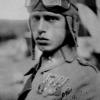

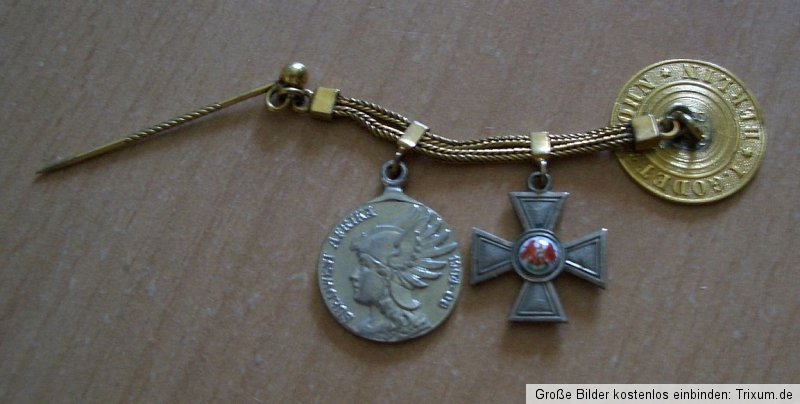

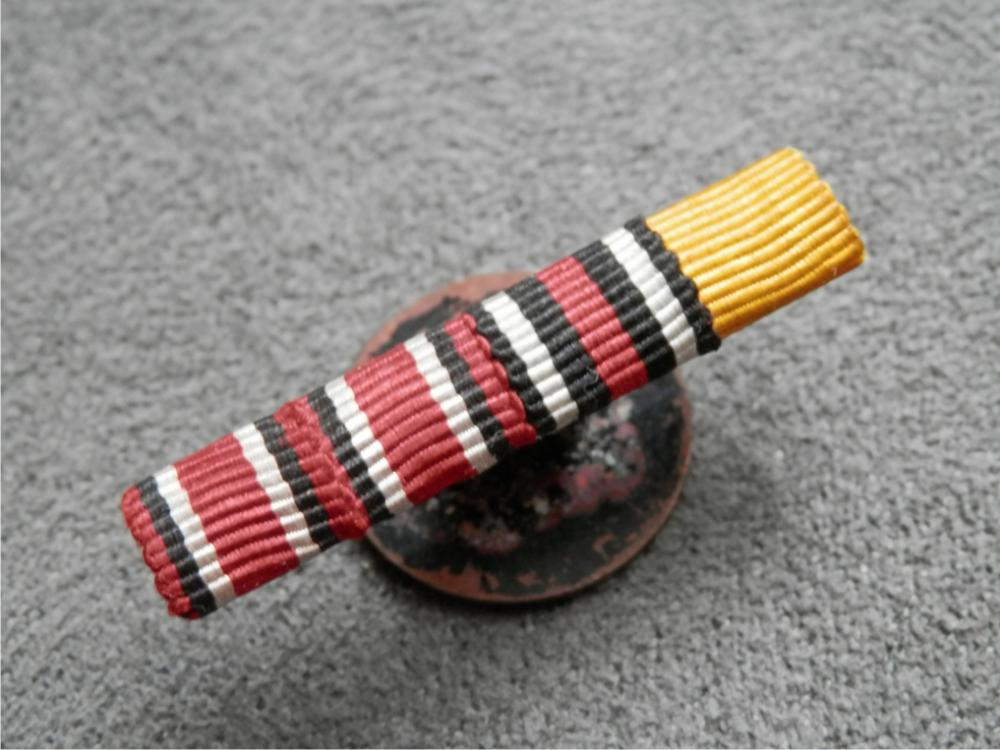
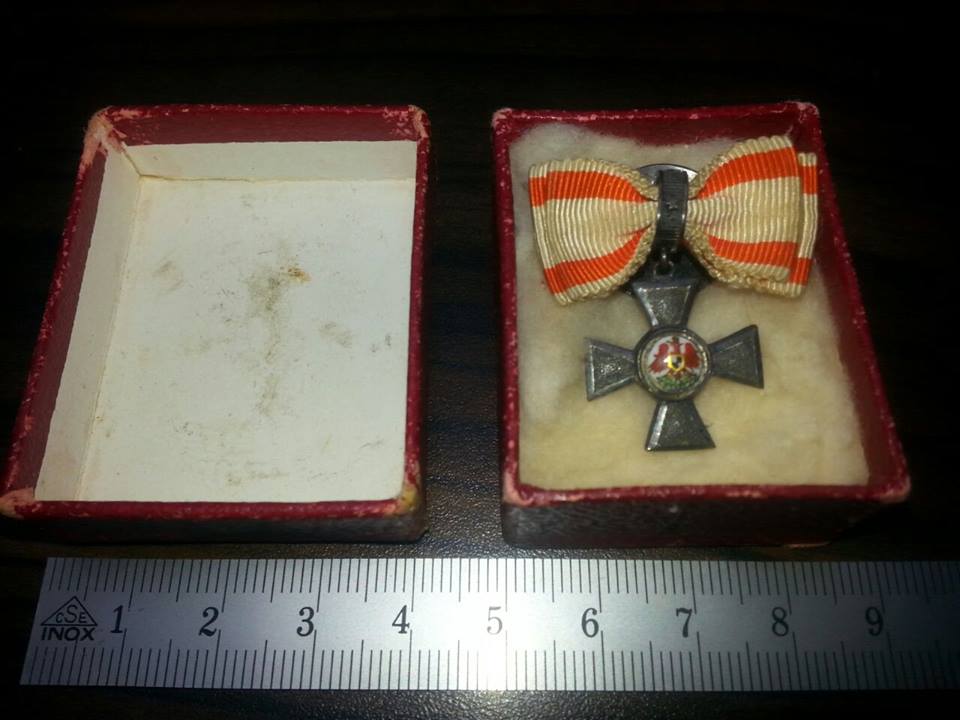
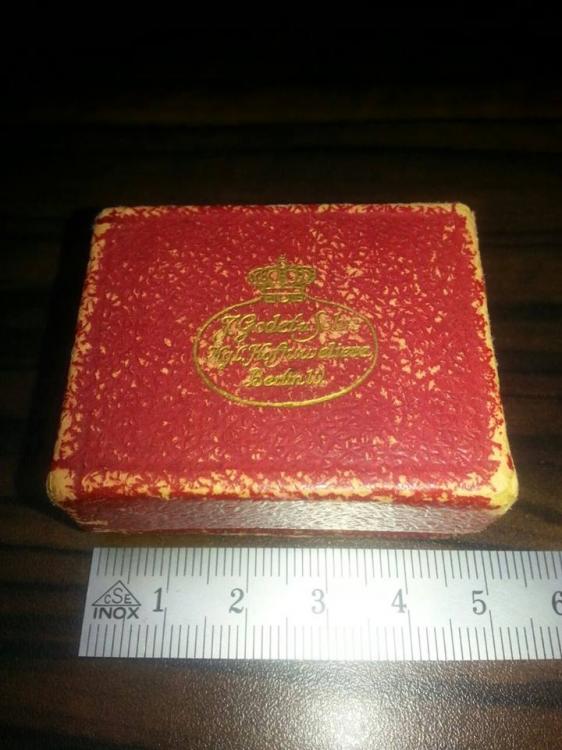
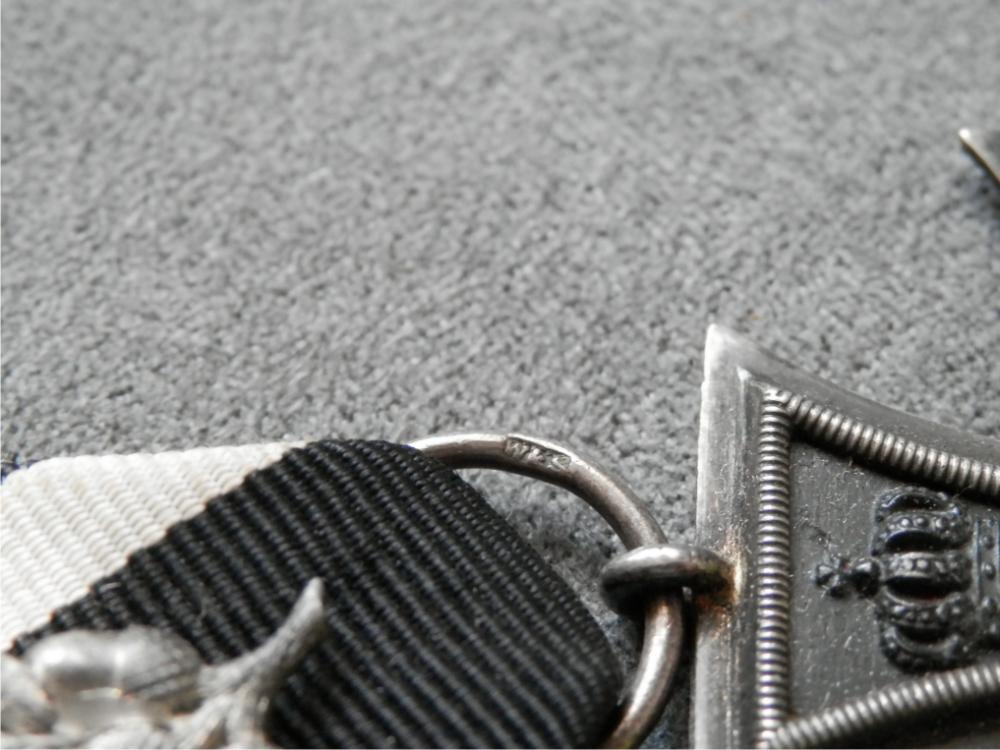
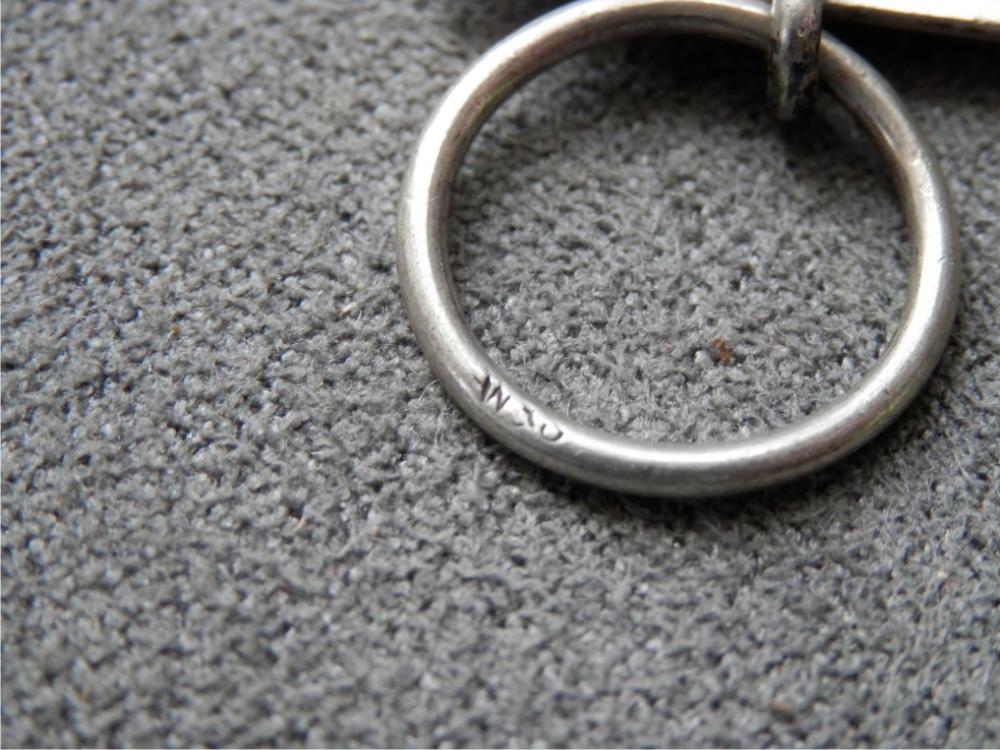
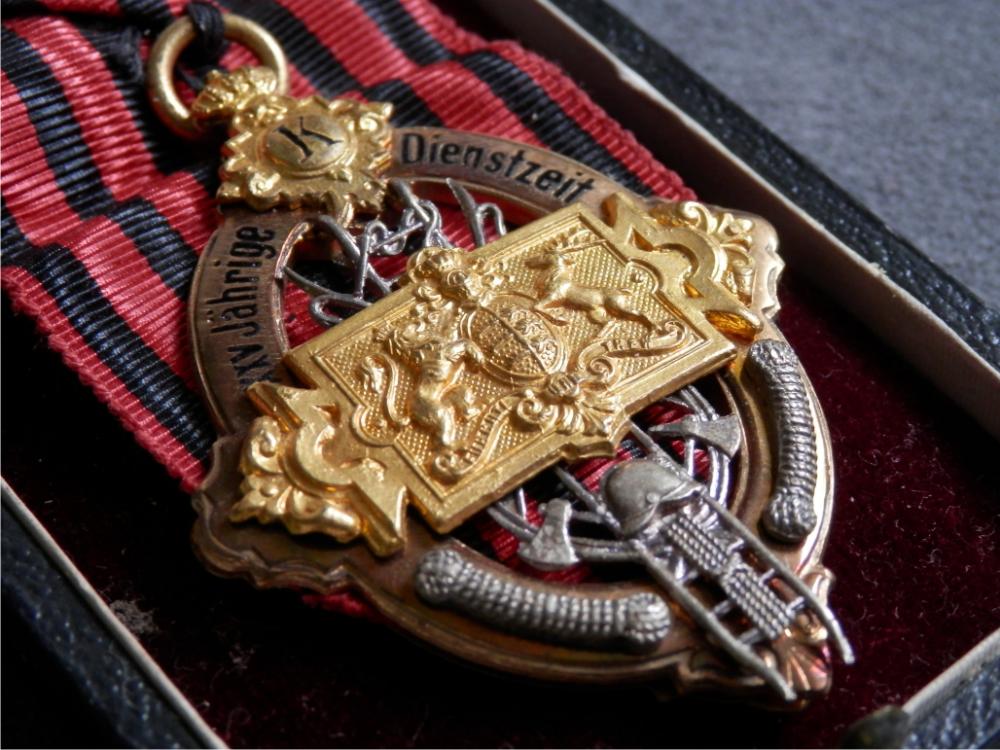

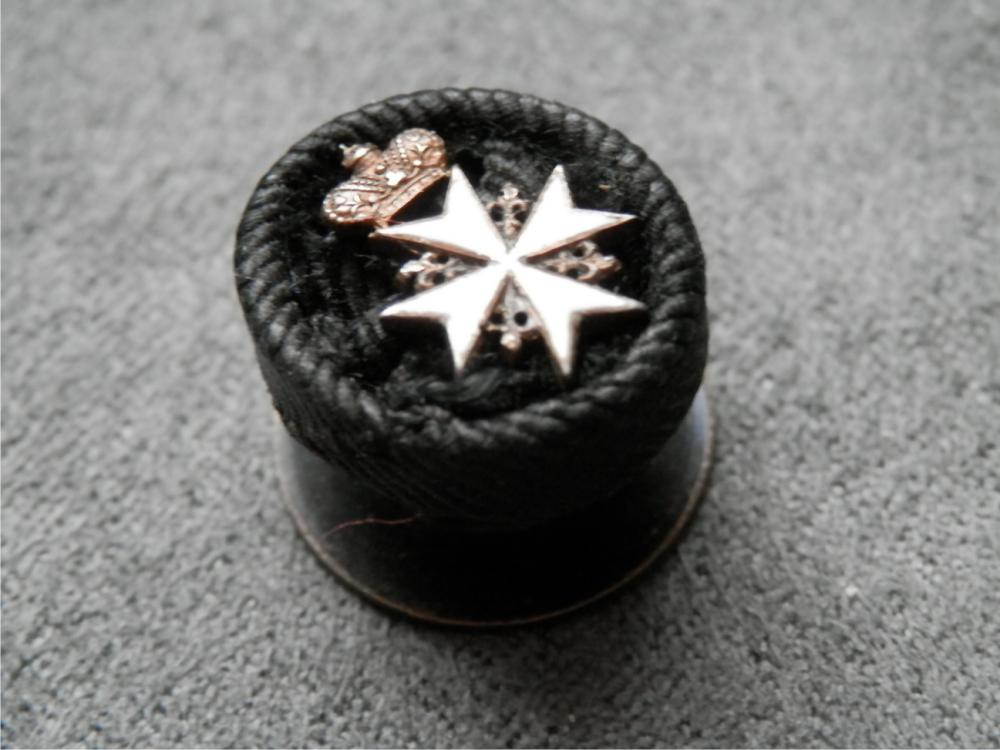
Show your minis
in Germany: Imperial: The Orders, Decorations and Medals of The Imperial German States
Posted
Ok, I believe you. Pm sent.